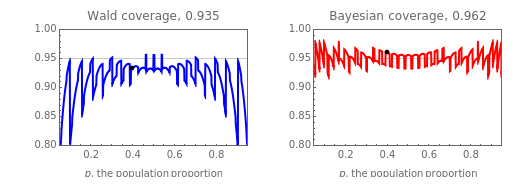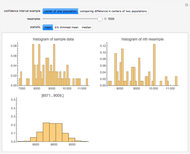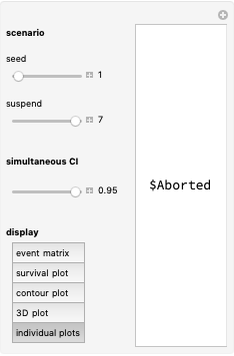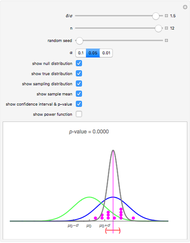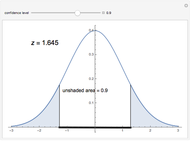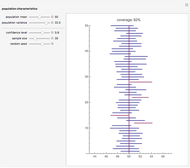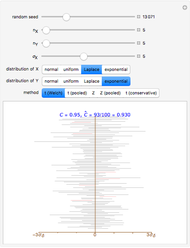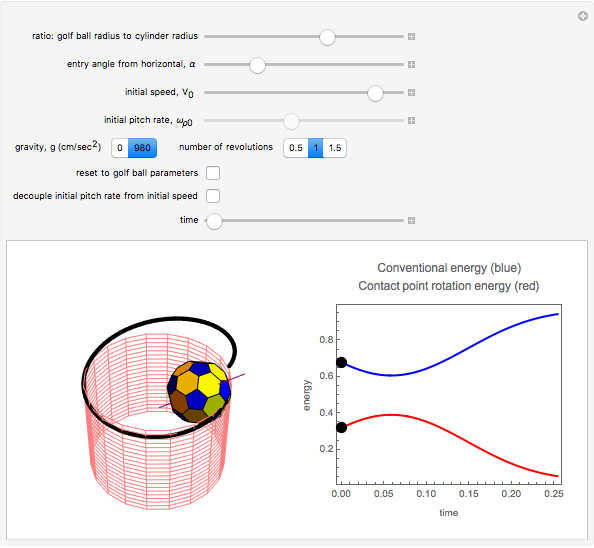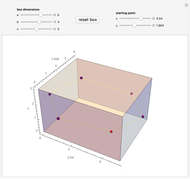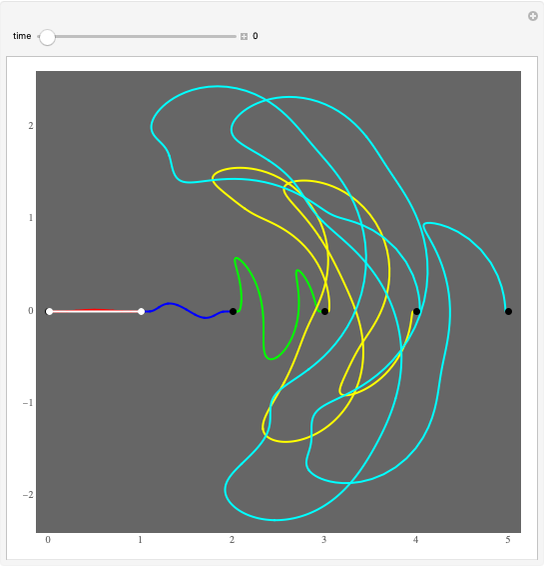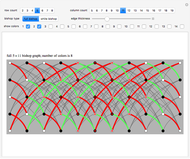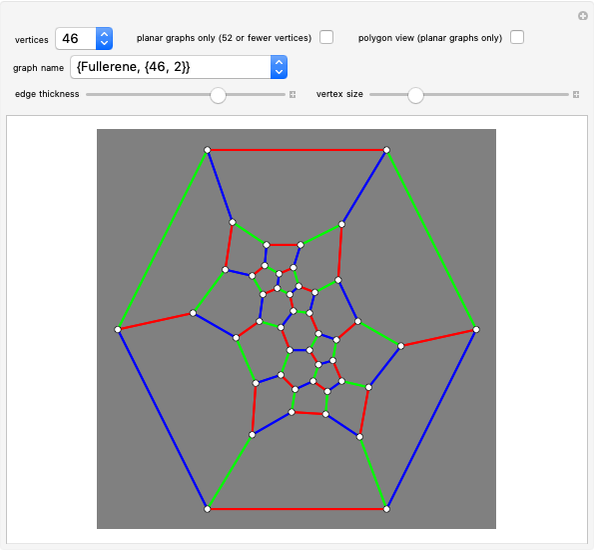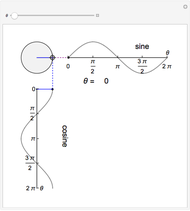Wald and Bayesian Confidence Intervals

Requires a Wolfram Notebook System
Interact on desktop, mobile and cloud with the free Wolfram Player or other Wolfram Language products.
Nearly every introductory textbook on statistics describes a technique for constructing a confidence interval for a population proportion based on the normal distribution approximation to the binomial distribution. This interval is commonly known as the Wald interval and is nearly universally used for obtaining confidence intervals for proportions. The Wald interval is based on the idea that as the sample size gets large, the binomial distribution may be approximated by the Gaussian (normal) distribution. Thus one might suspect that the Wald technique would provide adequate or very reliable confidence intervals (i.e., intervals that provide coverage nearly equal to the desired confidence level), especially as the sample size increases. In fact, this is not the case. It can be shown that the Wald interval displays erratic behavior with respect to coverage, even when sample sizes are quite large. Additionally, the behavior of these intervals is erratic even for values of  near 0.5, which might seem counterintuitive.
near 0.5, which might seem counterintuitive.
Contributed by: Karl W. Heiner and Stan Wagon (November 2012)
(SUNY New Paltz and Macalester College)
Open content licensed under CC BY-NC-SA
Snapshots
Details
Reference
[1] L. D. Brown, T. T. Cai, and A. DasGupta, "Interval Estimation for a Binomial Proportion," Statistical Science, 16(2), 2001 pp. 101–133.
Permanent Citation
"Wald and Bayesian Confidence Intervals"
http://demonstrations.wolfram.com/WaldAndBayesianConfidenceIntervals/
Wolfram Demonstrations Project
Published: November 27 2012
